How to Tell Your Story Better
One of the most complex parts of being a business owner, operator, or person in charge of marketing or messaging is figuring out how to talk about your business. One of the easiest ways to break through that block is to use one of the oldest and most effective tricks out of our playbook called journalistic or reporters questions. By learning this simple system, you can learn how to talk about your business easier.
Six question types open up the door to learning how to talk about your business, products, history, or trajectory. Asking journalistic questions can help you assess most situations, whether planning a project, researching a topic, or evaluating finished work. I'll give them to you now and go into detail about each one. Who, what, where, when, why, and How.
Who. Who is more than just who you are. Who could be your employees, your business type, or your market. Who can also be your customers. Who is important because asking the right who questions can help you identify the type of person to who you want to tell your story.
What. What is fun because it's kind of the catch-all category. What helps you identify things like what you sell or offer to the market. What is where you explain what you do, deliver, and contribute to the market.
Where. Where is location-based. Where are your products and services offered? Where are your customers?
When. When is a time-based question. It can denote the past or future. When are you open? When will a new product or service be released?
Why. Why is the feeling question. It's where you get to express who you are and what's going on with your mission.
How. How is the technical question. How allows you to explain how you get them products or services, or how those come to be.
Part 2. Have a goal in mind when asking these questions.
The goal for today and this lesson is to learn how to tell your business story better, but these questions can be a lot more. Let's go over some guide questions to help you learn how to talk about your business.
Who are my customers? What do I want to show them? Where and when do you want to show your story to them? Why do you think sharing pieces of your story is essential to your customers or employees? How can you show or tell what you do for your customer?
Questions like these can uncover discoveries about you and your business. Some other easy questions about you can include: Where did you get the idea for this company, and when were you founded? What problem are you trying to solve? Who's on your leadership team, and what's their background? How many employees do you have? How are you different from the competition? How fast are you growing?
Part 3. EVERY QUESTION IS AN OPPORTUNITY TO TELL YOUR STORY
Once you've answered a few of these questions, it's time to arrange the pieces into a story. Maybe the when needs to come first "In 1994...." or perhaps lead with the where "In my parent's garage I decided that..." As you can see, all of these answers can be mixed and changed around to tell an interesting story. This is also where the "why" questions and answers become so important. Other things to remember are to be brief; too long is always too long. Avoid your industry jargon unless that's what the customer or prospect wants and needs to hear. Tailor your message to your audience, try to avoid personal opinions, and keep your messaging positive.
Once you've got some framework together, it's time to create whatever final piece you want to make. If it's a video, write a script and research pre-production. Have a few people you trust read over it and give honest feedback if it's website copy. If you're creating an ad, less is always more, and really get the team to be creative.
